I'm trying to add a Cloud CDN to my firebase storage bucket and I'm running into issues with the images being served by my bucket having a cache-control.
I have the following very broad firebase rule:
rules_version = '2';
service firebase.storage {
match /b/{bucket}/o {
match /{allPaths=**} {
allow read: if true;
}
}
}
Which I expect would allow all objects in my firebase bucket to be visible. My bucket is located at gs://lookieloo-app.appspot.com. I have a file which exists at /user-videos/test1.png.
I've set up a Cloud CDN to point to this bucket with the following details:
Note that the CDN is set up to cache static content.
My load balancer seems to be functioning well:
and my load balancer has the following IP addresses:
I expect that visiting http://35.190.28.68/user-videos/test1.png would result in the image being correctly loaded but instead I see that access is denied:
However, I find that if I manually edit the file permissions in Google Cloud Storage to have public access
then the image loads from the load balancer as expected (note the URL is the same as an earlier screenshot):
Interestingly, if I load the file from the firebase URL at https://firebasestorage.googleapis.com/v0/b/lookieloo-app.appspot.com/o/user-videos%2Ftest1.png and inspect the network response I see that the cache-control header has a value of private
How can I use Firebase Storage rules to make content in a specified folder publicly accessible such that it can be served by Cloud CDN?






